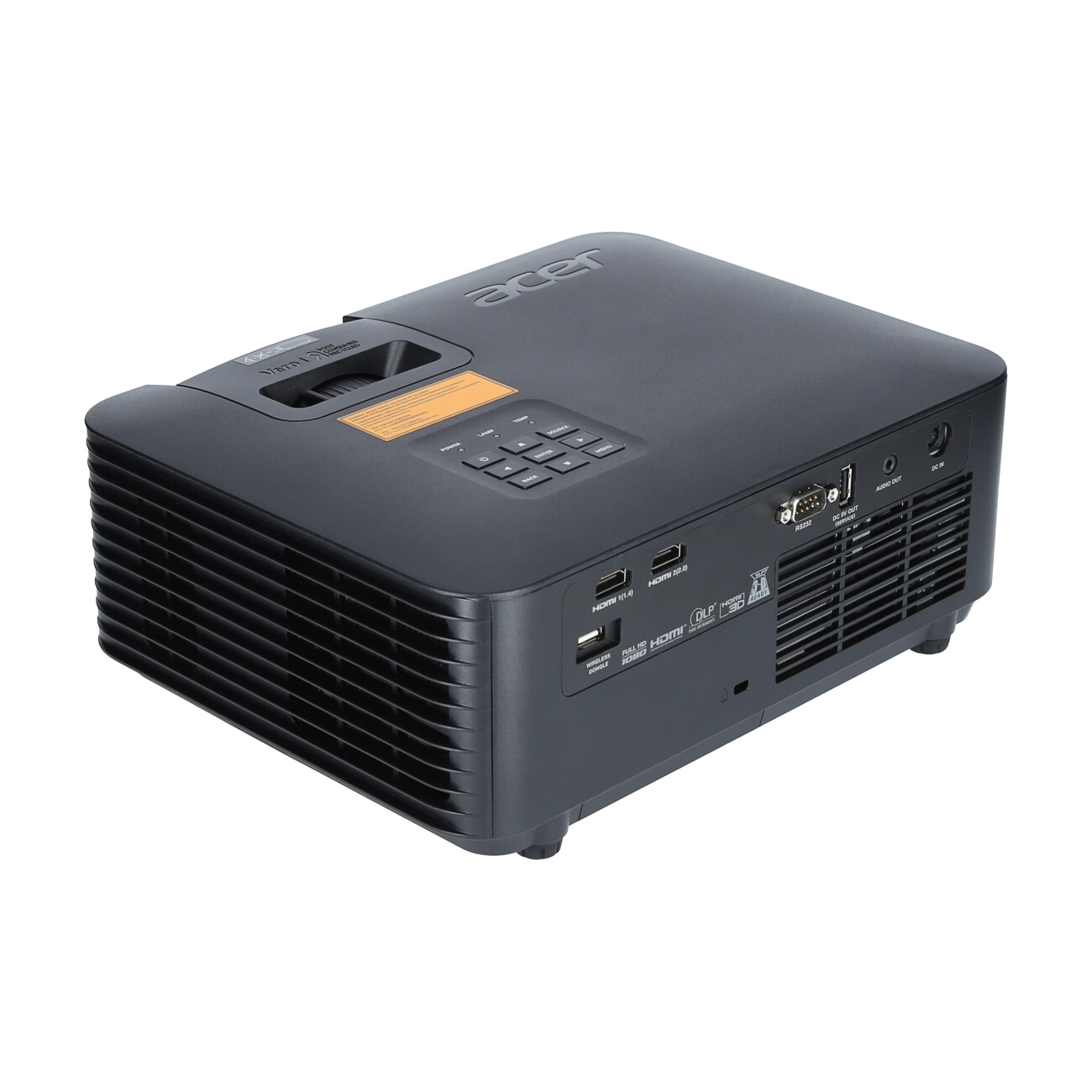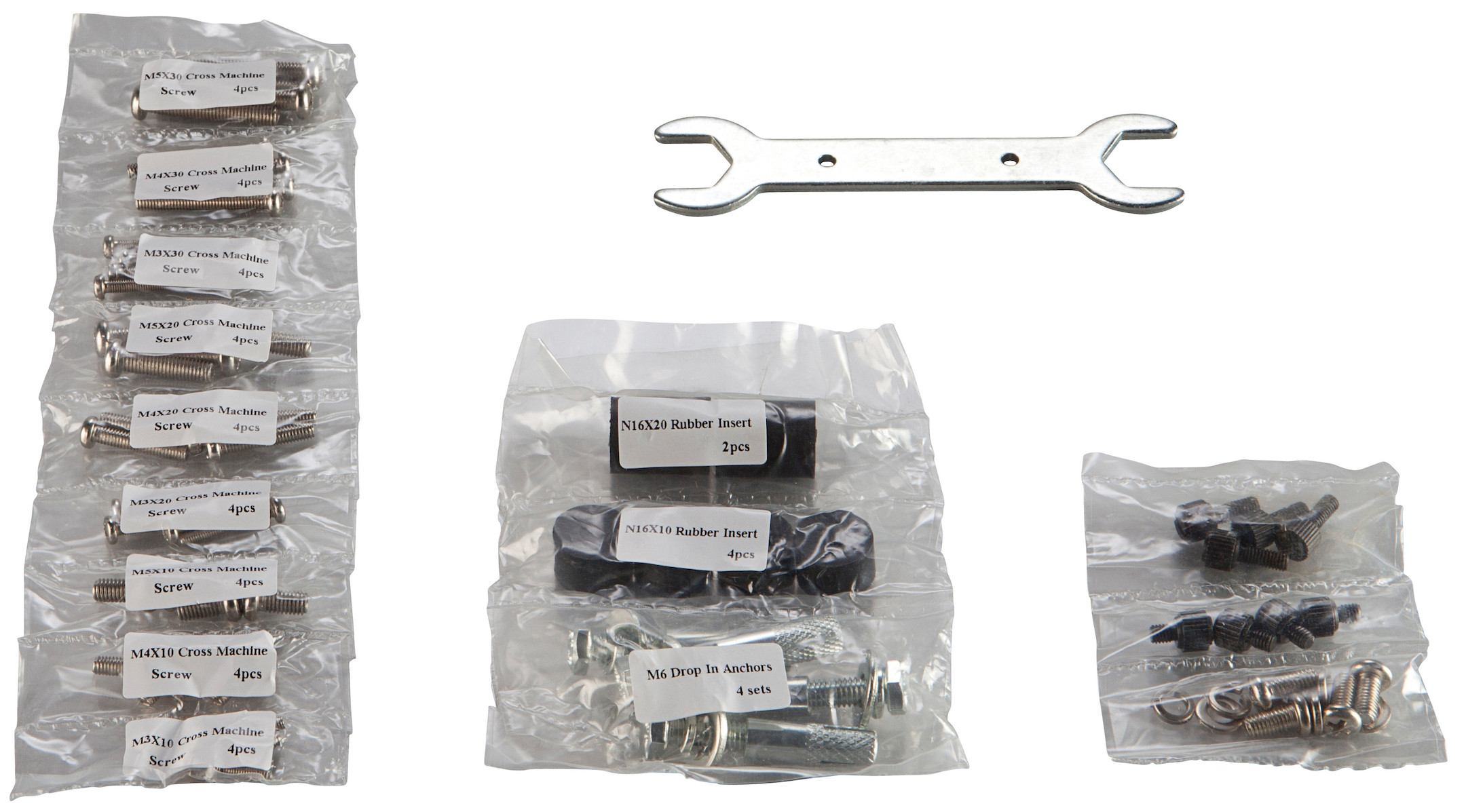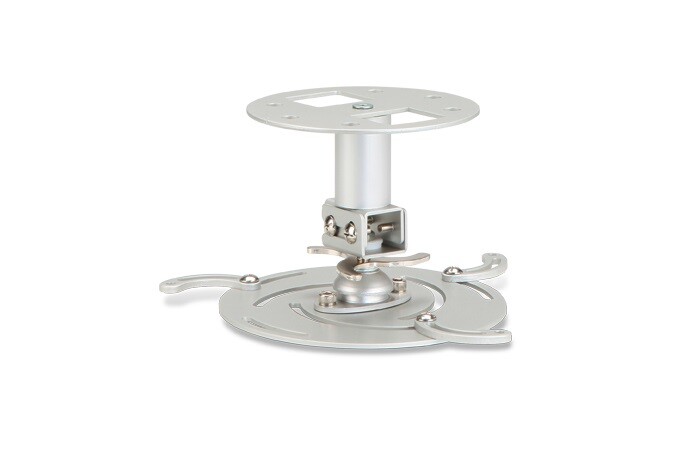







































£764.99*
- Light Brightness 4,000 Lumen
- Resolution 1920 x 1080 Full HD
- Aspect Ratio 16:9
- Operating noise 29 dB


Frequently purchased together
Product information
Energy efficient with superior laser light technology
The Vero projectors offer eight times less brightness loss and consume approximately 50% less power compared to traditional lamp-based projectors, reducing the total cost of ownership and impacting the environment. Maintenance and replacement costs are also significantly reduced with their 30,000-hour lifespan, making them an ideal and reliable choice for high-frequency use.

Experience the following highlights:
- The laser projector offers 4000 ANSI lumens of illumination for long-lasting brightness and rich colour accuracy
- The "Green But Mean" Vero projectors feature advanced laser light technology, a 30.000 hours and up to 50% energy savings, offering an excellent choice for everyday work and entertainment
- The environmentally conscious projector combines IP6X-rated optical motors and 360-degree projection for hassle-free installation and a premium viewing experience
First-class projection
Equipped with a dynamic contrast ratio of 2.000.000:1 and a brightness of 4000 ANSI lumens, the Acer Vero PL2520i projector can produce vivid and accurate images from long distances and in dark environments. This also features Acer ColorBoost3D technology and reproduces 93% of the Rec. 709 colour gamut, offering superior colour reproduction and display compared to lamp models. Acer's custom football mode and HDMI 3D specifications also provide stunning and enhanced large-screen projection, whether in a meeting room or from the comfort of your own home.
Sustainable Projection with PCR Materials
Take the next step towards a more sustainable future with our PCR-built projectors that deliver impressive projection while reducing your environmental footprint.

Flexible installation and projection
The PL2520i installs easily and can be used in either 360-degree projection or portrait orientation. Users can maximise its flexibility from any up and down angle to create surround projections on walls, ceilings and floors for interactive displays. From there, the projector uses its automatic keystone correction technology for automatic adaptive adjustments, projecting an ideal display onto the desired viewing surface.
Improved ease of use and reliability
With optical motors rated IP6X "dustproof", the highest level of protection from solid objects, the new Vero projectors offer uncompromised performance even in dusty or demanding environments. It is worth noting that these new Vero projectors have reduced their dimensions and weight by approximately 33% compared to the previous PL1520i model, helping to reduce packaging material consumption and fuel emissions per unit during shipping. The PL2520i also supports 24/7 non-stop projection, providing users with reliable, high-quality performance even over extended periods of time. These Vero projectors feature built-in 15W speakers that reproduce powerful, room-filling sound from videos, movies or music, eliminating the need for external speakers.
Auto Shutdown
The Auto Shutdown function automatically shuts down the Acer projector if no input signal is received after a preset time. This feature is customisable via the menu and helps save power and lamp hours.
Acer Football Mode
Bring the stadium to your home with Acer Football Mode. The mode automatically adjusts picture brightness, saturation and sharpness, as well as gamma values, to make skin tones more true and green tones more vivid. Optimal for football fans and sports enthusiasts.
Instant Pack
Instant Pack guarantees the lamp reliability of Acer ColorBoost projectors. The current lamps from renowned manufacturers such as Osram and Philips will not be damaged in the event of a sudden loss of power. (Acer recommends powering the projector until the fan stops). The lamp warranty is 1 year with no hour limit.
HDMI 3D
HDMI 3D: The integrated HDMI 1.4a standard enables the transmission of 3D content from suitable playback devices, such as 3D Blu-ray players, 3D set-top boxes and 3D game consoles, without the need for an additional PC. With the help of the Acer 3D shutter glasses, Blu-ray 3D films and 3D TV programmes can be displayed in the living room up to a diagonal of 7.62 metres (300).
360° projection
The 360° projection offers you the highest flexibility and allows you to use the projector in all positions and to realise interesting installations. For example, you can project from the deck of the room onto the floor or a table, or mount the projector sideways to project upright.

24/7 use
This projector promises the highest reliability and reliably delivers a brilliant image even in 24/7 continuous use. Especially for signage applications or for exhibitions in museums etc., this projector can be used without any worries.

Automatic keystone correction
Thanks to the automatic vertical keystone correction, the Acer projectors automatically compensate for the trapezoidal distortion in case of non-exact vertical set-up and project a right-angled image.
Auto Ceiling Mount Correction
AutoCeiling-Mount Correction: The built-in gravity sensor in the Acer projector detects when it has been mounted overhead on a ceiling and automatically rotates the projection 180° without any additional settings in the menu.
HDMI Power On
With the HDMI Power On function, the projector is able to switch on automatically as soon as the projector receives a signal via HDMI or VGA. You no longer need to start the projector separately, but can simply switch on your notebook, receiver or game console and the projector will also switch on automatically.
AC Power On
With the AC PowerOn function, the projector is able to switch on automatically as soon as the projector is supplied with power. You no longer need to switch on the projector separately, but can start it directly, e.g. by switching on the power in the meeting room.
Technical data
| Name | Acer Vero PL2520i Projector, 1920 x 1080 Full HD, 4000 Lumen |
|---|---|
| Article number | 1000025029 |
| GTIN/EAN | 4711121255304 |
| Manufacturer SKU | MR.JWG11.001 |
| Lens included | Yes |
| Model name | Vero PL2520i |
| Brand | Acer |
| Product Type | Projector |
| Product Series | Acer Vero-Series |
| Application | Business projector |
| Projector Type | DLP |
| Projector lamp type | Laser |
| ANSI Lumen | 4,000 ANSI Lumen |
| ANSI Lumen (Eco) | 3,200 ANSI Lumen |
| Resolution | 1920 x 1080 Full HD |
| Aspect Ratio | 16:9 |
| Contrast Ratio | 2,000,000 :1 |
| Operating noise | 29 dB |
| Lamp life | 30,000 Hour |
| run-time | 24/7 |
| Minimum Projection Distance | 100 cm |
| Maximum Projection Distance | 740 cm |
| Minimum Projection Ratio | 1.12 |
| Maximum Projection Ratio | 1.47 |
| Vertical Keystone | 40% |
| Inputs | 1x RS232 , 2x HDMI , 2x USB-A |
| Outputs | 1x 3,5mm Jack |
| wireless technology | WLAN optional |
| Features | 360° projection , Integrated speaker |
| Product width | 28.6 cm |
| Product height | 11.55 cm |
| Product depth | 21.6 cm |
| Weight | 2.9 kg |
| Colour | Black |
| Delivery contents | Bag , HDMI Cable , Lens cap , Quick user guide , Remote control |
| Condition | New |
| Warranty | 24 Month |
| Warranty type | Pickup service Service and support information |
Projection distance calculator
Contact our experts for help!
Image size:
Format
Format
Product safety
| Person responsible for the EU |
|---|
| Acer Computer GmbH |
| Kornkamp 4 |
| 22926 Ahrensburg |
| Germany |
| support@acer.com |
















